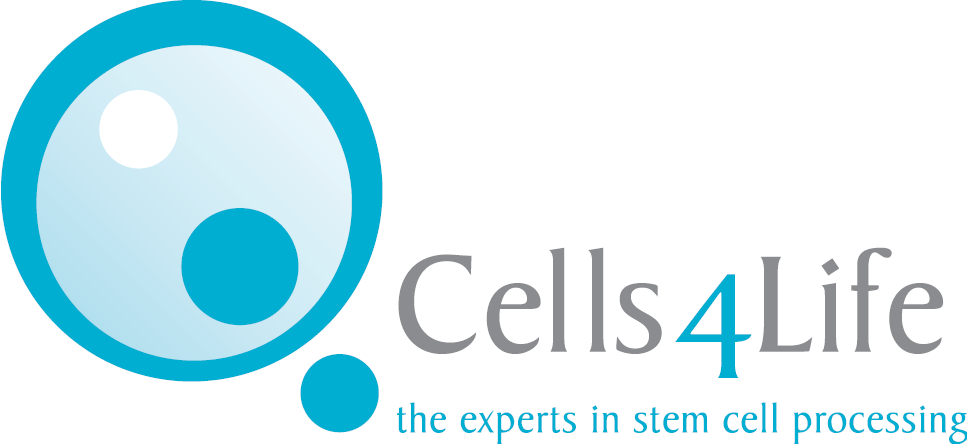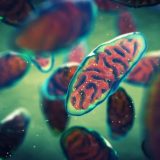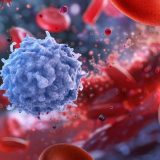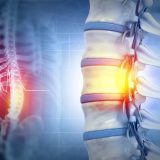20/01/2024 BlogStem Cell News
Stem Cell Blog
Употребата на матичните клетки од папочна врвца рапидно се зголемува. Пред 10 години крвта од папочна врвца можеше да лекува околу 40 состојби, но денес таа бројка е над 80. Со нетрпение очекуваме нови терапии за болести и нарушувања како што се дијабет, аутизам и мозочен удар, можете да бидете во тек со најновите случувања во регенеративната медицина на нашиот блог за матични клетки.
19/01/2024 BlogStem Cell News
We are over halfway through 2020 and it’s fair to say that it has been an eventful year so far. We have summed up some of the key events over the past few months. Keep on reading to find out more…
19/01/2024 BlogNewsStem Cell News
Rock star and TV personality, Ozzy Osbourne, has been reported to have made “mind-blowing progress” after receiving stem cell treatment for Parkinson’s disease.
The metal icon travelled to Panama a few weeks ago to undergo treatment using stem cells to tackle the disease. In a recent interview, his daughter Kelly, reveals that after just one round of stem cell treatment that Ozzy’s symptoms are lessening.
19/01/2024 BlogNewsStem Cell News
Last week, Cells4Life’s sister company, Stabilitech, featured on ITV’s Tonight programme “The Race for a Cure: Making Britain Safer”. This episode looks at making a COVID-19 vaccine. You can watch the full interview by watching the video below.
19/01/2024 BlogNewsStem Cell News
The seven-time World Champion driver, Michael Schumacher, is set to undergo stem cell therapy in an attempt to regenerate his nervous system.
Back in 2013, Schumacher suffered a severe brain injury in a skiing accident. Since sustaining the severe life altering injury over 6 and a half years ago, the Formula 1 icon’s physical condition has been closely guarded by his family and those around him.
19/01/2024 BlogNewsStem Cell News
Researchers in Abu Dhabi have developed a ground breaking stem cell treatment for COVID-19 patients with initial data showing promising results.
Stem cells can currently treat a wide array of conditions, from immune disorder to blood cancers – and this list keeps on growing. In an exciting new breakthrough, stem cells have proven to be a successful treatment for patients suffering from coronavirus.
19/01/2024 BlogStem Cell News
This week is Multiple Sclerosis Awareness Week which aims to raise awareness of the symptoms and treatments, as well as tackle the misconceptions of MS across the world. In this multiple sclerosis research blog, we will provide an overview of what multiple sclerosis is, what the symptoms are, some key statistics as well as current treatments and ongoing clinical trials for MS.
19/01/2024 BlogStem Cell News
World champion kickboxer and Muay Thai fighter Miriam Nakamoto will receive stem cell therapy for a severe knee injury, it has been announced. Nakamoto’s treatment will be sponsored by UFC commentator and comedian Joe Rogan, after he interviewed her last year and learned about her struggle.
19/01/2024 BlogStem Cell News
He may be one of the most famous comedians of all time, but John Cleese has revealed that stem cell therapy is no joke. Read on to find out more about celebrity stem cell therapies.
The 79-year-old icon told BBC Radio 2 that he’s been using stem cell therapy for a number of years, with a view to staying young and treating the aches and pains that come with old age.
19/01/2024 BlogStem Cell News
















